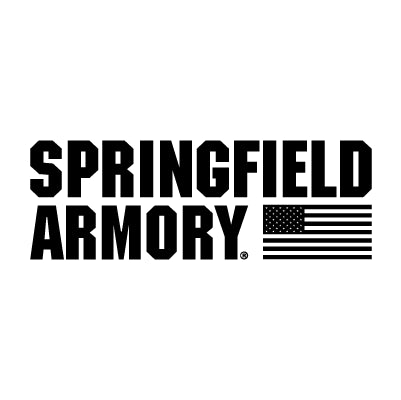
Dry fire training is widely regarded as one of the most effective ways to improve firearm proficiency without ever firing a live round. But one question consistently arises from shooters at all levels:
How often should you dry fire?
To help answer that question, DryFireMag.com spoke with Myles Vives, a competitive shooter and the founder of Tactical Hyve—a trusted resource for firearms training and gear reviews.
Myles shared his personal framework for dry fire frequency based on skill level, goals, and time availability.
Practice Frequency Depends on Your Goal
According to Myles, the right dry fire schedule isn’t one-size-fits-all. It depends on whether a shooter is trying to develop new skills or maintain existing ones.
“If you’re trying to develop a skill, dry fire as much as you can,” says Myles. “Whether that’s once a day or even twice a day, the more you’re able to practice, the quicker you’ll pick up that skill.”
For Skill Building: Daily is Ideal
When shooters are in the early phases of learning—working on fundamentals like trigger control, sight alignment, or draw mechanics—frequent, short sessions lead to faster results.
-
1–2 sessions per day if possible
-
Keep sessions focused, even if short (5–15 minutes)
-
Focus on repetition and mechanics
For Skill Maintenance: Less Is More
For more seasoned shooters who already have solid fundamentals, the dry fire routine can scale back.
“If you’re more seasoned and trying to maintain the skills you’ve built,” Myles explains, “then you can practice less. Two to three times a week is good, but for very skilled practitioners, even once a week with focused dry fire practice can help maintain skills.”
This is especially true for shooters with limited time or those balancing dry fire with live fire, competition, or other training.
Avoid Overtraining (Unless You’re a Pro)
While dry fire is powerful, more isn’t always better—especially for recreational or casual shooters. Myles points out that unless you’re training professionally or have ample time, there’s no need to dry fire multiple times a day.
“Unless you are a pro or have a lot of time,” he advises, “you don’t need to dry fire more than once a day.”
Instead, he encourages shooters to focus on intentional, high-quality practice, not just volume.
Dry Fire Frequency Guide
Here’s a breakdown of Myles's recommended frequency by skill level and training goal:
| Objective | Recommended Frequency |
|---|---|
| Building a new skill | Daily (once or twice a day) |
| General skill maintenance | 2–3 sessions per week |
| High-level skill maintenance | 1 focused session per week |
“Overall, 2 to 3 times a week is a good frequency to practice,” Myles adds. “But if you want to develop a skill faster, then you should practice as much as you can—more than that if possible.”
What Other Experts Say
Other firearms professionals and organizations echo Myles’s perspective:
-
Various industry media outlets highlight that top-level shooters often dry fire more than they shoot live ammo—using it to dial in critical fundamentals like the draw and first shot.
-
Others emphasize dry fire as the key to repetitions without cost, citing that consistency matters more than duration.
-
Structured practice with trigger reset devices like the DryFireMag, or laser trainers like Mantis X, is widely recommended to increase volume and maintain sharpness at home.
Maximize Your Time: Tips from Myles
Myles shared a few practical tips to help shooters get the most out of their dry fire sessions, regardless of how often they train:
-
Keep it short and focused – Even 10-15 minutes can yield real gains.
-
Use focused drills – Focus on one skill at a time. Rotainge between trigger control, transitions, reloads, and movement all in one session can hinder your progress.
-
Use training tools – Incorporate devices like the DryFireMag to simulate trigger reset and increase reps without racking the slide.
-
Stay consistent – Long-term improvement comes from repetition over time, not one-off marathon sessions.
Final Thoughts
Dry fire is a force multiplier. It's low-cost, accessible, and—when done consistently—can dramatically improve performance.
Whether you're a beginner learning the ropes or an advanced shooter honing elite skills, the frequency of your dry fire practice should reflect your goals and current skill level.
“Your practice should fit your goals, your schedule, and your skill level,” Myles concludes. “Do it consistently. Do it with attention. And you’ll see real improvement.”
To explore drills, product reviews, and more insights from Myles, visit the Tactical Hyve YouTube Channel.









